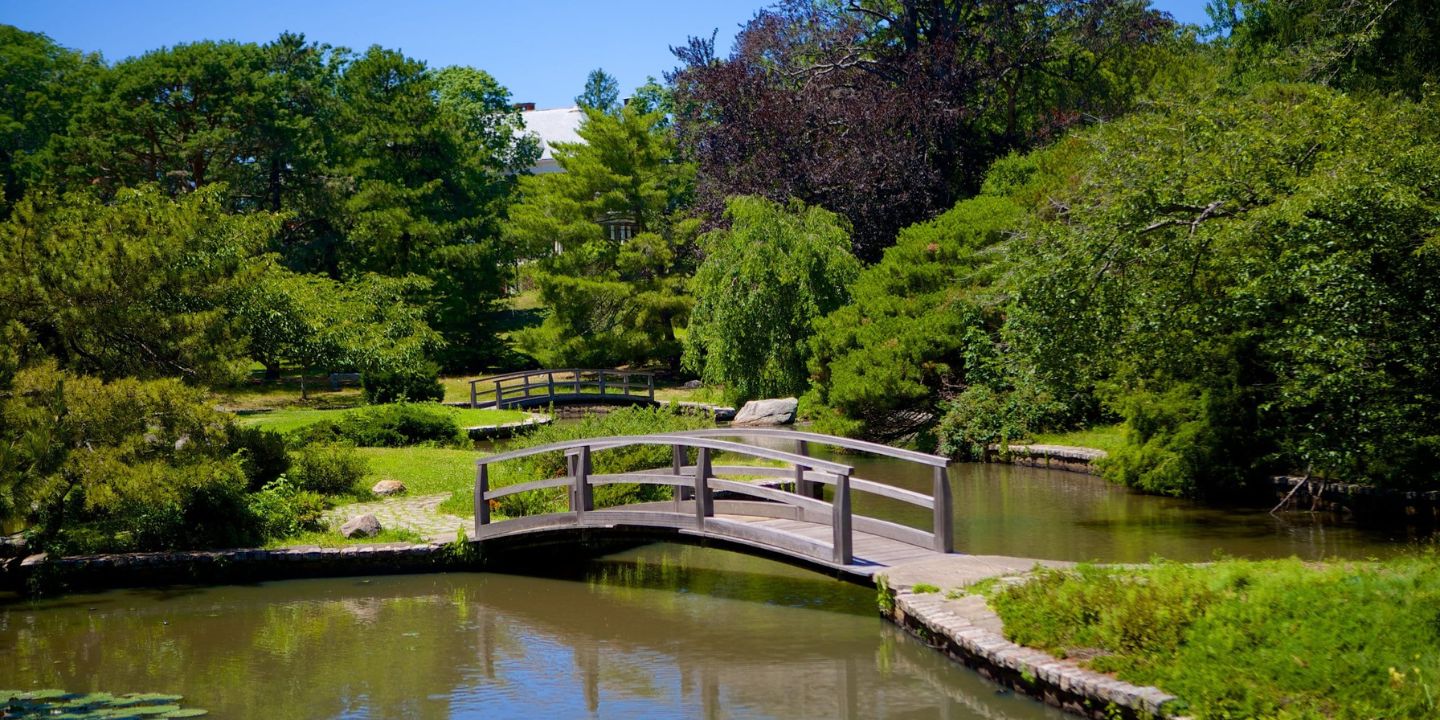A Gift That Had A Major Influence On The Identity Of Providence
Roger Williams Park, termed the “People’s Park” of Providence, is not only a plot of green area but also a historic and cultural symbol that reveals the city’s scandals and generosity. The roots of the park can be traced back to the late 19th century, when Roger Williams, the founder of Rhode Island, gifted it to the city through Betsey Williams, his descendant. The simplicity and power of her vision were to maintain the natural environment and to make it accessible to the public as a sanctuary for peace, beauty, and inspiration.
This one-time act of charity was like sowing a seed, the tree of which was to bear fruit in the form of one of the most praised landmarks of Providence. Gradually, the park turned out to be a huge 435-acre green covered area with perfect blending of history, nature, and community.
The Change of Roger Williams Park Through Time
The creation of the park in 1871 was an official recognition of a change in the city’s view towards recreation, protection, and enlightenment. Landscape artist Horace Cleveland was behind the design of Roger Williams Park, which was in line with the 19th-century movement of developing parks similar to English gardens where there were open spaces, lakes, and paths suitable for walking, thus promoting both contemplation and recreation.
The park was a symbol of progress and a Classless society right from its inception. It was not meant for the rich or the elite, with the rest of the populace getting the crumbs of the park, but for all the citizens of Providence, a place where the families could mingle, the children could play, the students could learn, the nature lovers could roam, and those seeking tranquility could sit in silence.
The park and its lakes, bridges, gardens, and the whole area still testify that the original vision of harmony between man and nature has been reflected in the over a century old design.

A Hub of Culture, Nature, and Learning
Roger Williams Park has not only been a beautiful green space but also a cultural and educational center. It is a place where nature and knowledge are celebrated together. The Museum of Natural History and Planetarium is one of the oldest landmarks and has been around since 1896, allowing the public to see science and discovery closely.
The museum still exists at the park’s location and offers a favorite place for families, teachers, and explorers to visit. For more on this enticing landmark, check out our in-depth piece: Museum of Natural History and Planetarium at Roger Williams Park.
The park’s features of gardens, ponds, and architectural symbols, which include the Temple to Music and the Japanese Garden, also play a great part in making its identity. Every segment of the park tells a story that has been told from the park’s creation to the present, acknowledging that the park was meant to be the arena of both life and learning.
The Park’s Legacy and Its Living Spirit
Roger Williams Park is not only an ancient artifact of the past; it is a place filled with life that still connects to its community. The cycle of seasonal festivals, concerts, and family activities gives the park new life and charms every year. The park’s unwavering support for education and nature conservation crowns it as a major source of Providence’s civic pride.
If you are looking for a deeper connection to the park’s tranquil environment, do check out: Roger Williams Park: Providence’s Green Escape. It showcases the park’s peaceful atmosphere and lovely nature.
From the Past to the Present
In the present, Roger Williams Park is a classic representation of what can be produced by community, donation, and vision. It still draws people together, whether they come to view its artistic landscapes, to visit the museums’ educational programs, or just to have a peaceful time at the waterfront.
